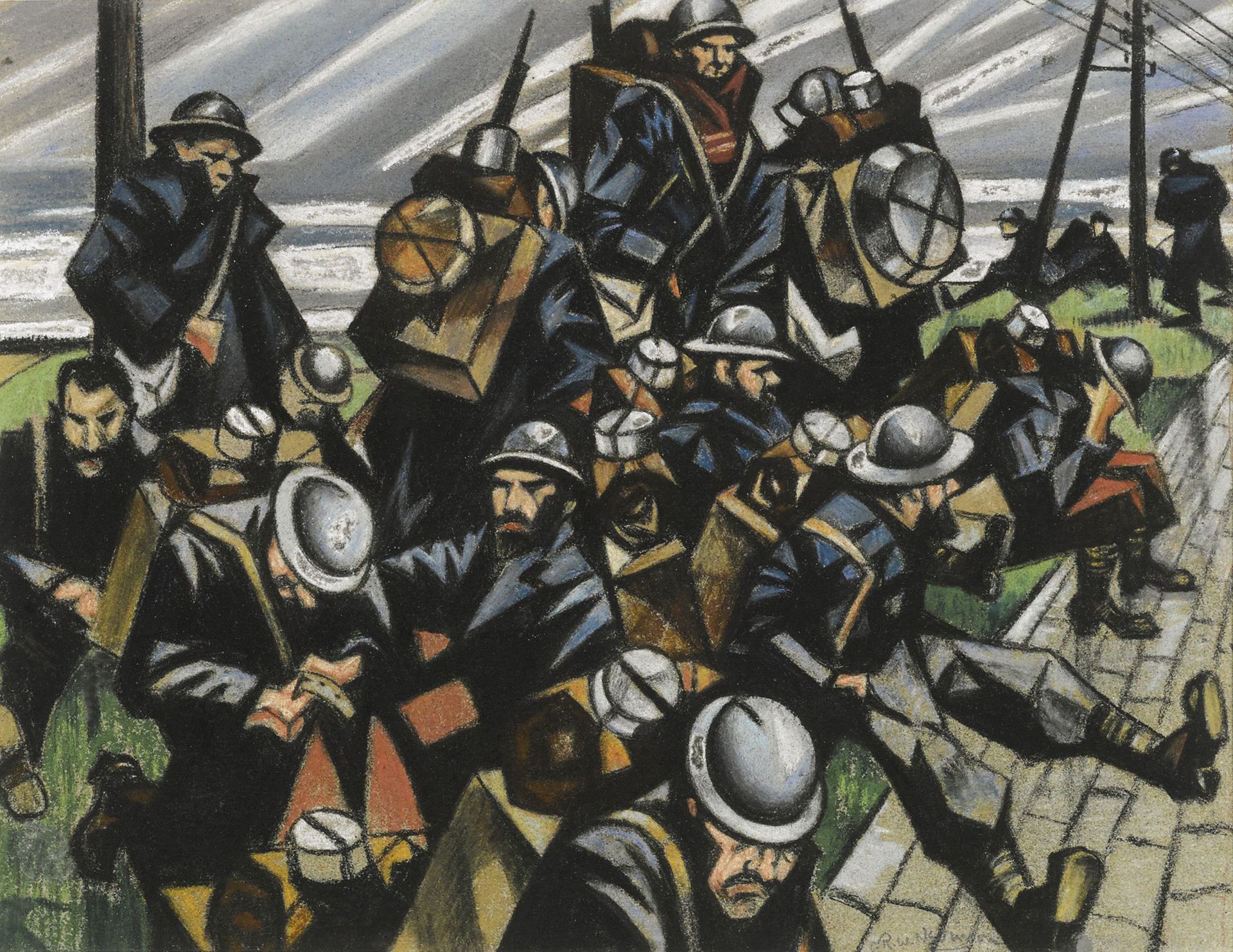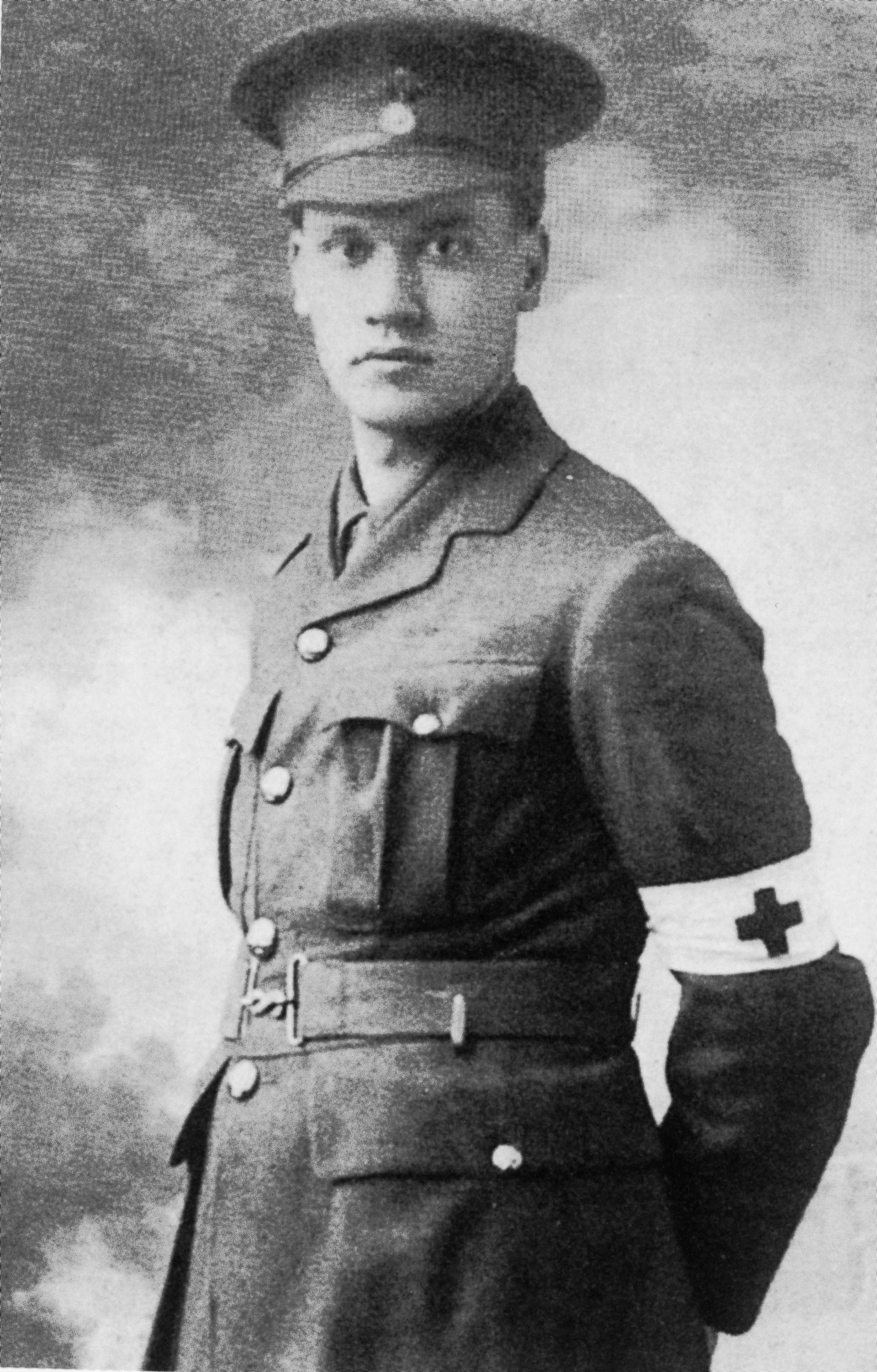Troops Resting (1916) by C.R.W. Nevinson was last seen 100 years ago, when it was exhibited in the British painter’s acclaimed exhibition at the Leicester Galleries in London. The pastel was snapped up for eight guineas by the artist Vera Waddington, and is now being sold at Sotheby’s on 13 June with an estimate of £150,000-£250,000.
The work depicts the “poilu” (hairy one), a term of endearment for French soldiers, considered to be Nevinson’s most sought-after subject. It is one of only a handful of works from the 1916 exhibition—lauded by figures including Winston Churchill and George Bernard Shaw—still in private hands.

“Bought fresh from the artist’s drawing board 100 years ago, this work has since remained out of sight to art historians and the wider public, but its powerful emotional impact endures,” says Sotheby’s specialist Simon Hucker.
The avant-garde composition, with its Cubist-style treatment of pictorial space, is matched by its radical content: the work is thought to be the first in British art to depict a man relieving himself. In the foreground, grim-faced men sit hunched over their kitbags.

Soon after the First World War broke out, Nevinson travelled to the front where he briefly worked as an ambulance man. Until then, Nevinson had been influenced by the Futurists, who proclaimed: “War is the only health-giver”. But his stint on the front quickly changed his mind, and his style of painting became bleaker, with soldiers becoming more and more dehumanised.
In 1915, Nevinson painted La Mitrailleuse, also of French soldiers, which is now in the Tate’s collection. The work, which the British artist Walter Sickert described as “the most authoritative and concentrated utterance of the war”, sparked critical debate and led to the Hampstead-born Nevinson being offered his first solo show at the Leicester Galleries a year later.

